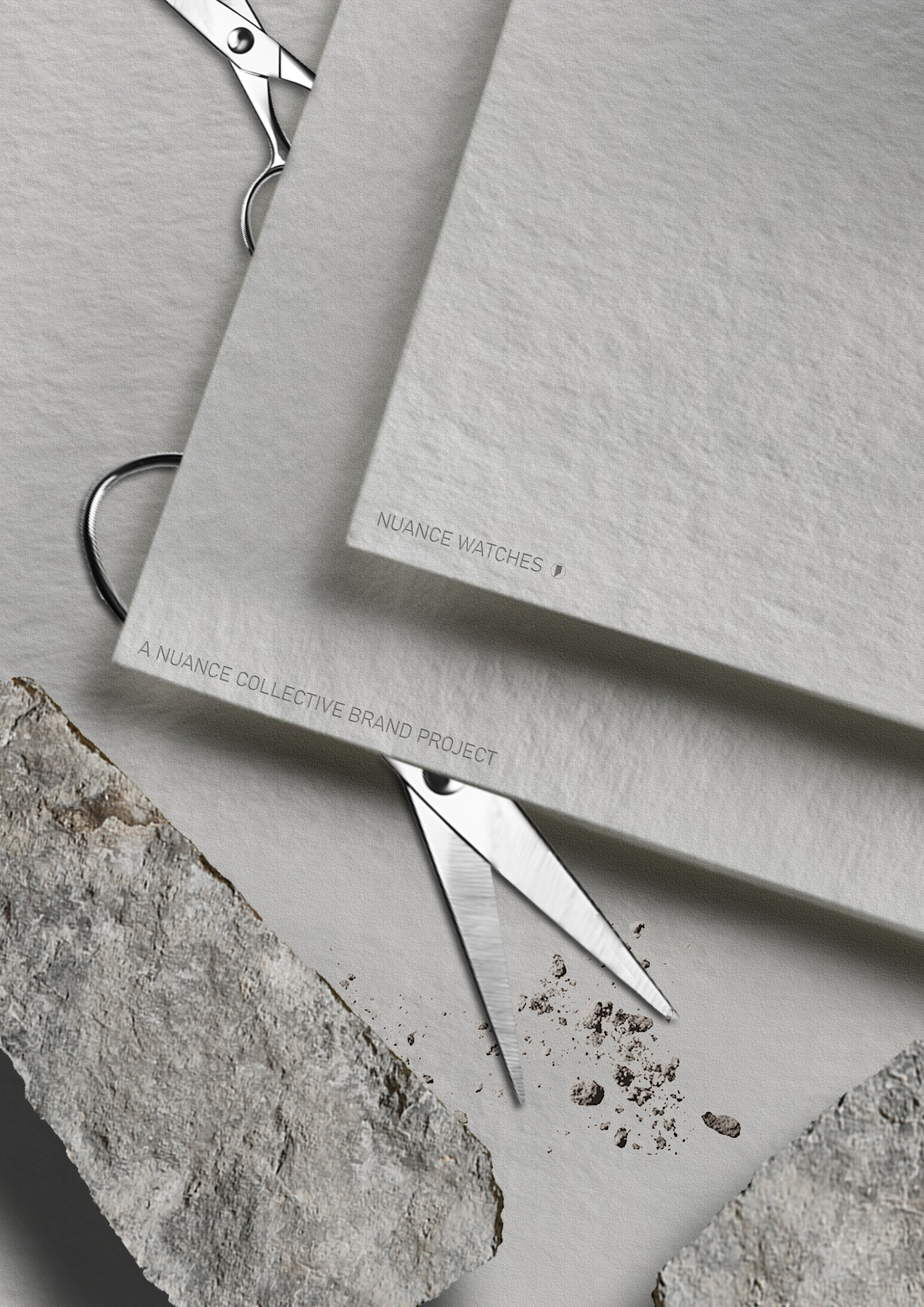
What is Nuance's first watch about?
Share
When I first started NUANCE, I wanted to create a watch that wasn’t just another timepiece, but a vessel for memory. Something that could carry the feeling of childhood nostalgia, yet be reinterpreted into a modern design language. The very first concept for NUANCE came from one of the simplest and most universal games we all grew up with: rock, paper, scissors.
It’s a game played everywhere, from playgrounds to family dinners. No equipment, no rules to memorize—just hands, gestures, and the playful tension of chance. For me, it represented simplicity, connection, and a shared cultural memory. And that’s exactly what I wanted NUANCE to embody: the subtle stories hidden in everyday life.

Transl![]() ating Play into Design
ating Play into Design
The challenge was to take something intangible—a fleeting game—and translate it into a watch. I explored textures inspired by rock: grainy surfaces, raw finishes, and patterns reminiscent of Japanese dry gardens. For paper, I studied how folds and cuts could be reinterpreted into minimal dial layers. And for scissors, I experimented with sharp, clean lines, as if the dial itself had been precisely cut into form.
In the end, the design didn’t shout its inspiration. It wasn’t meant to be literal. Instead, it became a quiet reflection of those memories—subtle textures and shapes that carried the essence of rock, paper, and scissors without ever needing to say it aloud.
More Than a Watch
This first concept laid the foundation for NUANCE. It taught me that a watch could be more than metal and mechanics; it could be a canvas for ideas, memories, and the overlooked details of daily life. Rock, paper, scissors wasn’t just about a game—it was about growing up, remembering where we came from, and carrying those fragments of nostalgia into something lasting.
That’s what NUANCE stands for: finding depth in the smallest things, and turning those nuances into timeless design.
Check out our Instagram to see how Kman interpreted each material!
